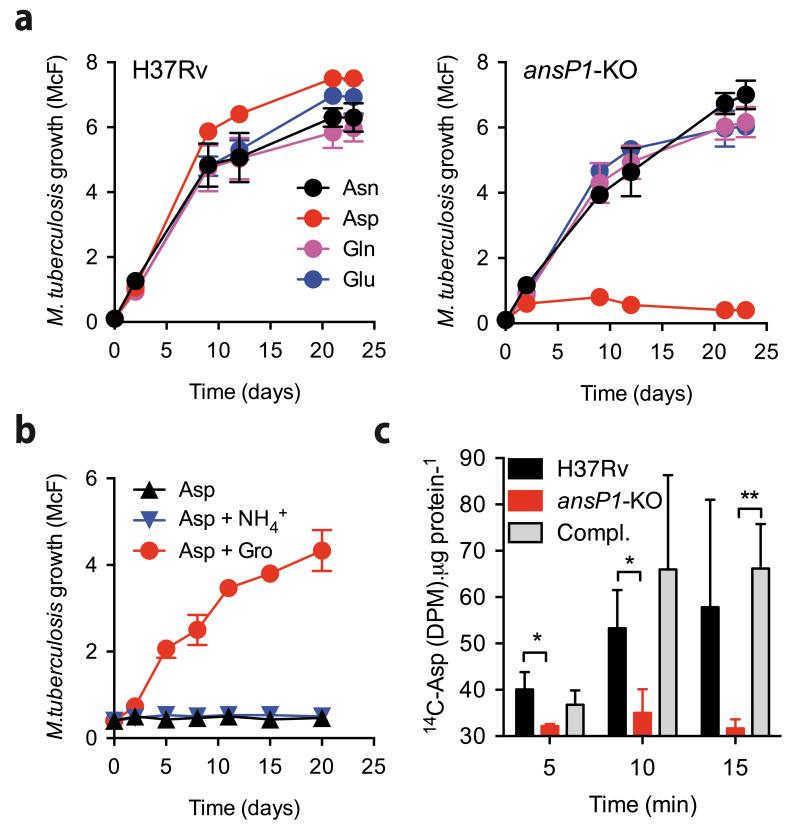Figure 1. AnsP1 is essential for M. tuberculosis growth on aspartate as sole nitrogen source.
(a,b) Growth of M. tuberculosis H37Rv, the ansP1-KO mutant and the ansP1-KO complemented (Compl.) strains in various conditions. Growth was measured by monitoring turbidity; data represent mean ±s.d. of triplicate samples and are representative of at least three independent experiments. (a) Bacteria were grown in minimal medium containing 5 mM asparagine (Asn), aspartate (Asp), glutamine (Gln) or glutamate (Glu), as sole nitrogen sources. (b) Bacteria were grown in minimal medium containing 50 mM aspartate (Asp) only, 50 mM aspartate and 15 mM ammonium (Asp+NH4+), or 50 mM aspartate and 10 g/L glycerol (Asp+Gro), as nitrogen or carbon sources. (c) 14C-aspartate uptake assay with M. tuberculosis H37Rv, the ansP1-KO mutant and its complemented strains (Compl.). Bacteria previously grown in 7H9 with 5 mM aspartate, were harvested and resuspended in an uptake buffer containing a mix of 14C-radiolabeled and non-labeled aspartate to obtain a final concentration of 20 μM aspartate. Bacteria were incubated at 37°C and samples were removed; bacteria-associated 14C radioactivity was quantified at the indicated time points. Data are expressed as the number of disintegrations per minute (DPM) per total protein concentration (14C-Asp (DPM).μg protein−1), represent mean ±s.d. of triplicate samples, are representative of three independent experiments, and were analyzed using the Student’s t test; *, P<0.05; **, P<0.01.

